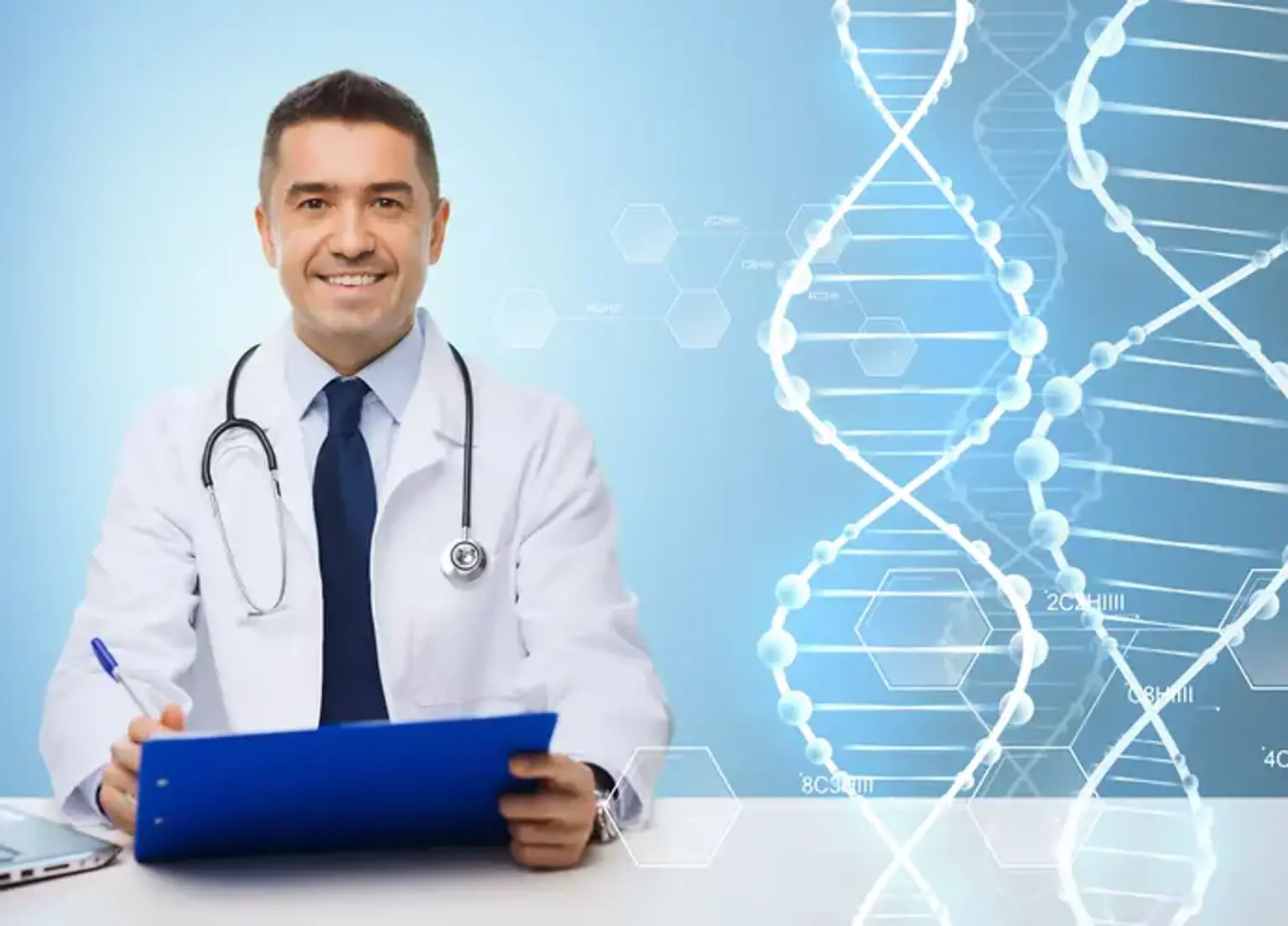Preimplantation Genetic Diagnosis (PGD)
Preimplantation genetic diagnosis, which is performed on embryos, was established about a quarter-century ago as a substitute for prenatal diagnosis. Preimplantation genetic diagnosis (PGD) was first used in assisted reproduction to detect chromosome aneuploidy caused by advanced maternal age or structural chromosomal rearrangements in couples at risk for single-gene disorders such as cystic fibrosis, spinal muscular atrophy, and Huntington’s disease. Moving away from earlier, less effective technologies like fluorescence in situ hybridization (FISH) and toward newer molecular tools like DNA microarrays and next-generation sequencing has resulted in significant advancements in PGD analysis. Reduced utilization of Day 3 blastomere biopsy in favor of polar body or Day 5 trophectoderm biopsy has started to yield better outcomes.
